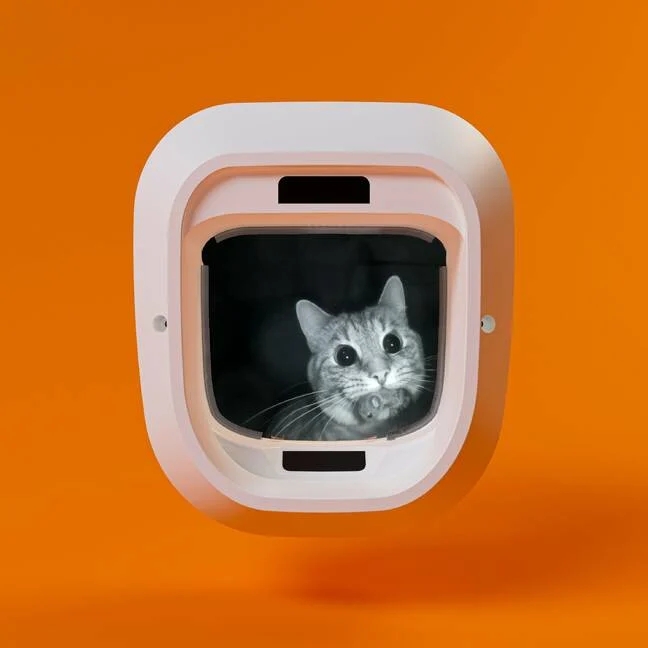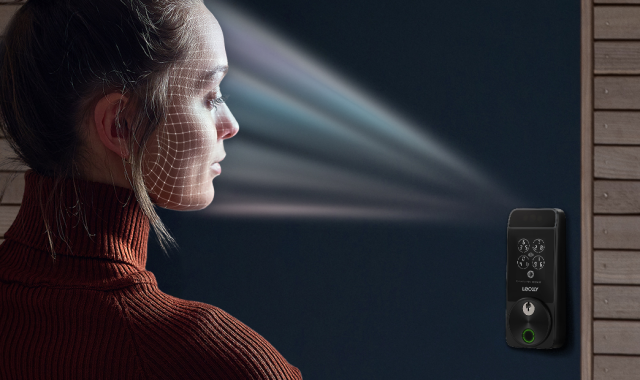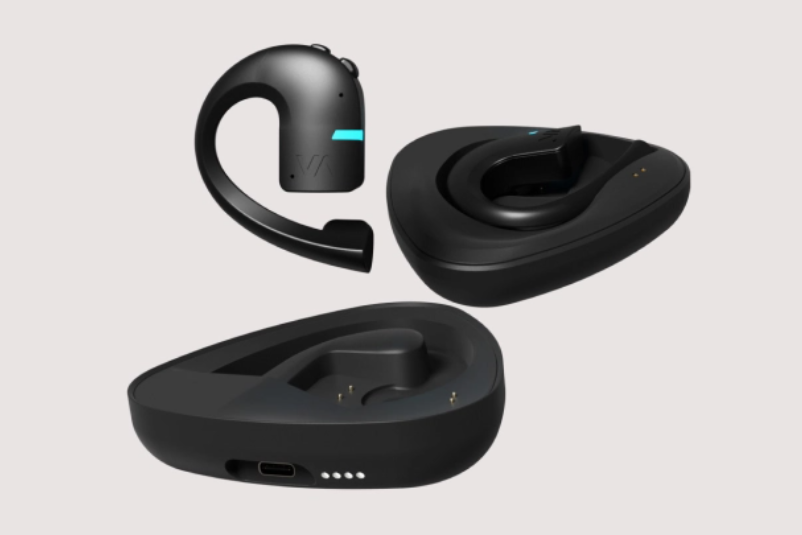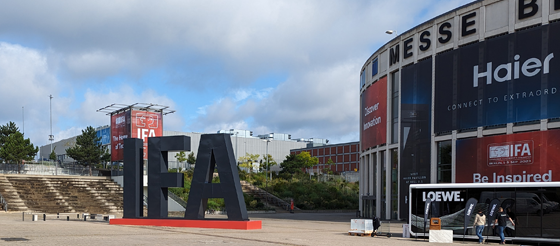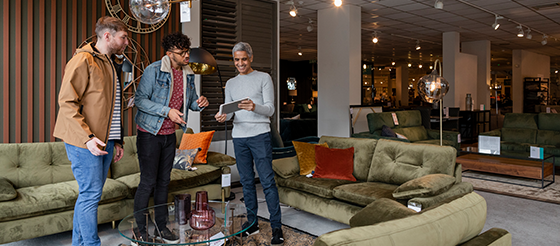When the going gets tough, the tough get going and businesses are having to dig deep right now. Whether it’s big businesses like FANGs (Facebook, Amazon, Netflix, Google) or start-ups – we’re seeing the business economic model in full swing. Lay people off, put more pressure on those staff that remain because of squeezed costs and paddle as hard as you can to keep your head above water.
As the saying goes, a problem shared is a problem halved, so why aren’t we tackling more of these challenges collaboratively? Collaboration is nothing new, but when we think about it within a business context, it’s often talked about as a people strategy – how do we get people to work better together to improve our outcomes?
So how can we work better together as businesses to do the same, especially within SMEs? If we look at this cross-sector – retail, FMCG, technology etc – there will be thousands of businesses investing money in the same things, whether it’s R&D, resource, product innovation, supply chain, marketing, national/international expansion, or business process.
Change the narrative
We need to encourage collaborative discussions to happen and change our language. Often when businesses meet, it’s one selling to the other, rather than enhancing the narrative of how can we help and elevate each other.
If we look at the way we physically work these days, with so many more shared offices, there’s never been more of an opportunity to collaborate. According to Statista, the volume of flexible office workspace in the United Kingdom is expected to have nearly doubled between 2019 and 2023, reaching 167 million square feet in 2023.
However, if you walk into a WeWork, TOG or similar managed building, I wonder how many businesses are collaborating rather than just sharing a physical space? We need to be bold and brave – if you don’t ask, you don’t create opportunities and facilitate a group culture that goes out and gets.
Never rely on Government
We’ve seen how ineffectual the Government really is at supporting businesses to flourish, particularly SMEs, including the hike in corporation taxes, failure to reduce business rates or even introduce an online sales tax to level the playing field with the likes of those registered offshore.
So where do we look and how do we take the initiative? Perhaps industry trade bodies can do more to support and, let’s be honest, almost every sector has one. Many are great at celebrating success, offering training courses and providing a forum for solving industry problems but they could play a far greater role in bringing organisations together in a commercial, rather than a ‘club’, approach to help solve their individual problems.
Ask your trade body to create a collaboration work stream and be the one to set it up. You may only need to ask one question and there might be someone right there, right now, that could save you a lot of money. It’s a way of moving from a competitive advantage to a collaborative advantage. We can all learn and win that way.
Start simply with finance and marketing
Sharing just one thing could make a big difference so start simply. Sharing financial and admin resources is an easy route into collaboration. But I really think SMEs are missing a trick when it comes to sharing marketing costs. Marketing is the budget that SMEs always wish they had more of – more visibility often means more sales – yet it’s the one that gets squeezed the most in turbulent times. I think there are so many ways for businesses to do this.
Social media brand collaborations on platforms like Instagram have opened new audiences for SMEs. Think about how you could partner up with a like-minded brand for a ‘real-world’ marketing campaign. It will make media far more accessible if you share the cost, for example, of an out-of-home campaign.
An SME doing this really well is the cereal brand Surreal. The brand is looking to disrupt the cereal space and recently partnered with like-minded businesses Numan, Cheesegeek and Gymbox for a throwback to Daft Punk in an online mock-up ad. Four simultaneous ads read ‘Harder, Feta, Faster, Stronger’ for those in the market for erection medication, online cheese, high-protein cereal, and an unconventional gym brand. It was super fun, and engaging, created a huge amount of talkability and was cost effective too!
If you’re purely an online brand, think about creating a collaborative pop-up shop that will drive in-person trials for your brand and product. Do it collaboratively with complementary brands that alone could never afford to be on Oxford Street. Yes, the busiest shopping street in the UK, is achievable.
If you’re on the high street, why not create a marketing committee that maybe works alongside your local Business Improvement District (BID) and challenge them to do more than just turn on the Christmas lights? Retail is 365, not just for the holidays. Get everyone to work together to fund a local marketing campaign, it could be a discount Wednesday or a 10% off day every month at every door irrespective of the retailer, independent or multiple.
There’s no doubt that collaboration comes with challenges but, if you pick partners wisely, with the same goals, culture, and values, it could be just what you need to develop and thrive in today’s tough economic climate.
To read the published article written by Dan Todaro, Managing Director please visit Business Leader




